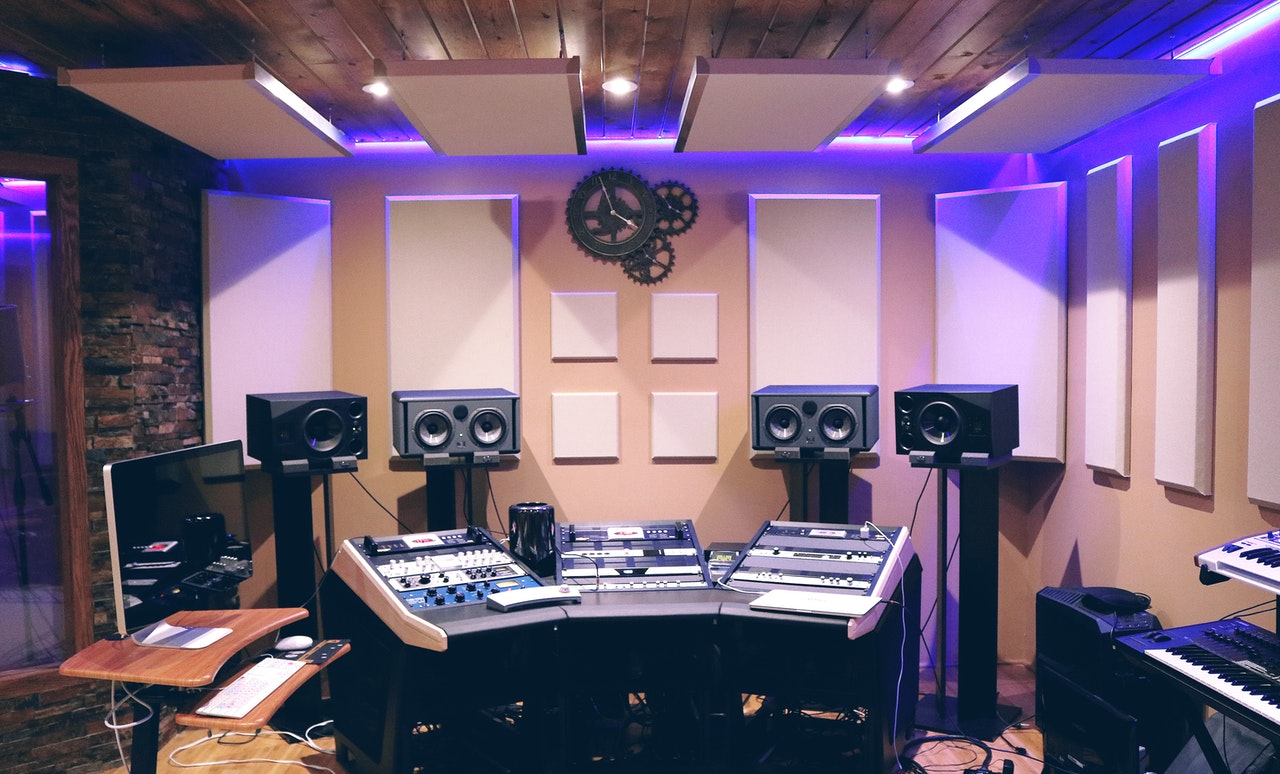If your business is strictly indoors, like an office or even a storefront, the last thing that comes to your mind would be the fact that weather could get in the way, right? If you’re operating heavy machinery, all of that is almost always going to be under a roof.
Sure, if your business was outdoor oriented like landscaping, then it’s entirely understandable, but with that said, even with your business, you need to understand the impact of unpredictable weather on business operations can be significant, affecting everything from employee safety to supply chain disruptions.
Oh yes, there can be a lot of factors due to the weather that could easily get in the way. However, it doesn’t actually need to be like this though. Just with strategic planning and preparedness measures, your business can minimise the potential negative consequences that the weather can throw at it. So, with that said, here’s how to make sure that the weather doesn’t get in the way of your business operations.
You Need to Monitor the Weather Forecast
Honestly, it’s all about staying ahead of the weather, just as you’d probably check before going out to do something (or even when you’re picking on what to wear); you’ll also need to do this for your business, too. Seriously, regularly monitoring forecasts can help you out massively.
You should try to utilise reliable weather services to receive real-time updates on upcoming conditions. There are weather monitoring machines; there are even apps that have radars that are constantly updated; maybe see if your local area has something (most of the time, something does exist). This information allows you to anticipate potential disruptions and implement precautionary measures well in advance.
Do You Have Weather-Resilient Infrastructure Within Your Business?
This is where a lot of businesses go wrong. If you have the power, the authority to make changes, you absolutely need to do it. You should evaluate your business infrastructure and make strategic investments in weather-resistant features wherever it’s possible. This may include reinforced roofing, proper drainage systems like packaged pump systems to avoid flooding, climate-control features, and other weather-resistant modifications to key structures.
While yes, there’s no doubt that these can get very expensive, you also need to keep in mind that if something unexpected were to happen, that within itself would be costly (plus more insurance companies aren’t paying out if it’s weather-related). So, with that said, ensuring that your physical space is equipped to withstand adverse weather conditions is a proactive way to safeguard operations.
Consider a Backup Power System
If the weather is known for getting really bad, and your operations can not come to a halt (such as factories, warehouses, medical centers, etc.), then you might want to look into investing in backup power systems, such as generators, to ensure continued operations during power outages caused by storms.
This doesn’t just need to be for a rain storm, but for snow storms or even bad windstorms, these can be incredibly handy. Additionally, if you really want to take this a step further, it might help to implement robust data backup systems to protect critical business information in case of unforeseen weather-related events.




